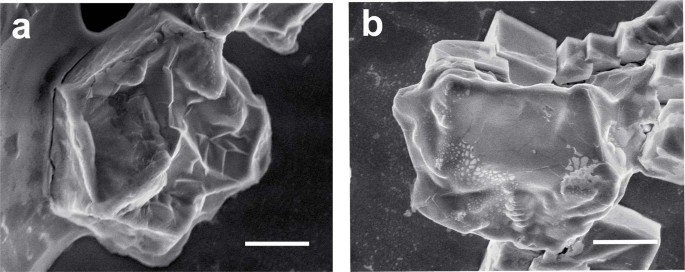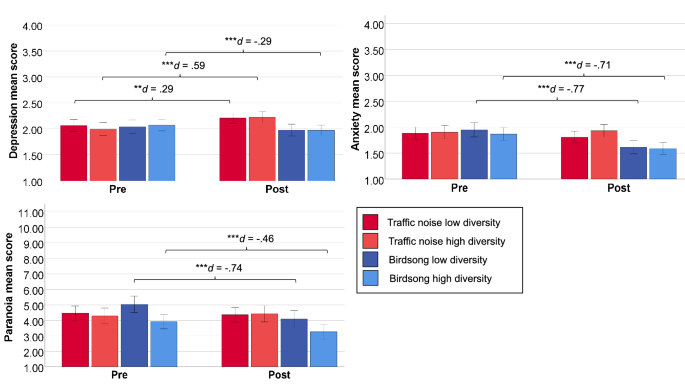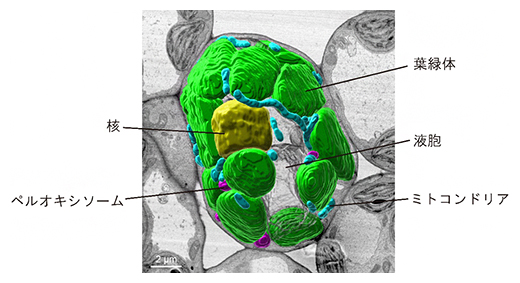水を加えると、DNAが結合した結晶が損傷や変形を受けても元の形状に戻ることが可能になる Adding water enables DNA-interconnected crystals to bounce back to original shape after damage and deformation
2022-10-17 ノースウェスタン大学
研究チームは、相補的なDNA鎖を持つコロイド結晶を作製し、脱水するとDNAの水素結合が切れて結晶がくしゃくしゃになることを発見した。しかし、水を加えると、結晶は数秒で元の状態に戻った。
この新しい研究は、コロイド結晶の構造を変化させた後に起こる、他の種類の結晶ではアクセスできない形状記憶について述べたものである。外部からの刺激に応答して、これらの新材料の可逆的な構造変化が、化学的・生物学的センシング、光学、ソフトロボティクスに有用な関連する動的機能変化につながる可能性がある。
この新しい特性は、「形状記憶と結合した超弾性」の一種であり、粒子間結合DNAの特定の配列によって制御され、物体の構造と圧縮性に影響を与える。結晶は可塑性があるため、破壊されても元に戻ることができる。
<関連情報>
- https://news.northwestern.edu/stories/2022/10/dna-colloidal-crystals-shape-memory/
- https://www.nature.com/articles/s41586-022-05232-9
自己組織化コロイド結晶の形状記憶機構 Shape memory in self-adapting colloidal crystals
Seungkyu Lee,Heather A. Calcaterra,Sangmin Lee,Wisnu Hadibrata,Byeongdu Lee,EunBi Oh,Koray Aydin,Sharon C. Glotzer & Chad A. Mirkin
Nature Published:17 October 2022
DOI:https://doi.org/10.1038/s41586-022-05232-9

Abstract
Reconfigurable, mechanically responsive crystalline materials are central components in many sensing, soft robotic, and energy conversion and storage devices1,2,3,4. Crystalline materials can readily deform under various stimuli and the extent of recoverable deformation is highly dependent upon bond type1,2,5,6,7,8,9,10. Indeed, for structures held together via simple electrostatic interactions, minimal deformations are tolerated. By contrast, structures held together by molecular bonds can, in principle, sustain much larger deformations and more easily recover their original configurations. Here we study the deformation properties of well-faceted colloidal crystals engineered with DNA. These crystals are large in size (greater than 100 µm) and have a body-centred cubic (bcc) structure with a high viscoelastic volume fraction (of more than 97%). Therefore, they can be compressed into irregular shapes with wrinkles and creases, and, notably, these deformed crystals, upon rehydration, assume their initial well-formed crystalline morphology and internal nanoscale order within seconds. For most crystals, such compression and deformation would lead to permanent, irreversible damage. The substantial structural changes to the colloidal crystals are accompanied by notable and reversible optical property changes. For example, whereas the original and structurally recovered crystals exhibit near-perfect (over 98%) broadband absorption in the ultraviolet–visible region, the deformed crystals exhibit significantly increased reflection (up to 50% of incident light at certain wavelengths), mainly because of increases in their refractive index and inhomogeneity.


